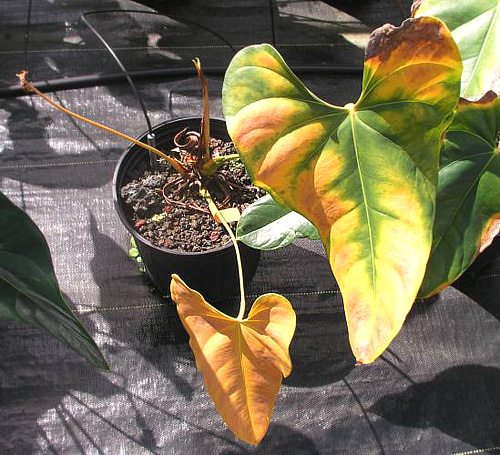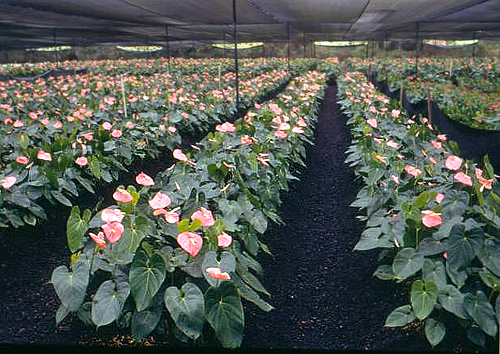


Accessed Ĭooksey DA (1985) Xanthomonas blight of Anthurium andraeanum in California. University of Florida Institute of Food and Agricultural Sciences, Gainesville. Accessed Ĭhen J, McConnell DB, Henny RJ, Everitt KC (2003) Cultural guidelines for commercial production of interiorscape anthurium. Hawaii Institute of Tropical Agricultural Human Resources, University of Hawaii, Honolulu, pp 32–34. In: Alvarez AM (ed) Proceedings of 1st anthurium blight conference. Acta Hortic (in press)Ĭhase AR (1988) Chemical and nutritional aspects of controlling Xanthomonas diseases on Florida ornamentals. dieffenbachiae, the causal agent of bacterial blight. Plant Dis 68:509–511Īyin CM, Amore TD, Toves PJ, de Silva AS, Alvarez AM (2016) Evaluation of anthurium cultivars for resistance to Xanthomonas axonopodis pv. Hawaii Agric Exp Stn Prog Rep 169, 10 ppĪragaki M, Apt WJ, Kunimoto RK, Ko WH, Uchida JY (1984) Nature and control of anthurium decline. APS Press, St Paul, pp 399–402Īragaki M, Ishii M (1960) A spadix rot of anthurium in Hawaii. In: Wang N, Jones JB, Sundin GW et al (eds) Virulence mechanisms of plant pathogenic bacteria. Accessed Īlvarez AM, Toves PJ, Vowell TS (2015) Xanthomonas axonopodis pv.

Īlvarez AM, Toves PJ, Vowell TS (2006) Bacterial blight of anthuriums: Hawaii’s experience with a global disease. Hawaii Institute of Tropical Agriculture Human Resources, University of Hawaii, Honolulu (HITAHR) 06.18.91. In: Alvarez AM, Deardorff DC, Wadsworth KB (eds) Proceedings of 4th anthurium blight conference. Īlvarez AM, Norman DJ, Lipp R (1991) Epidemiology and control of anthurium blight. Hawaii Institute of Tropical Agriculture Human Resources, University of Hawaii, Honolulu (HITAHR) 02.04.88. Īlvarez AM, Lipp R, Norman DJ (1988) Detection and serological studies In: Alvarez AM (ed) Proceedings of 1st anthurium blight conference. Hawaii Institute of Tropical Agriculture and Human Resources University of Hawaii, Honolulu (HITAHR) 02.22.89. In: Fernandez JA, Nishijima WT (eds) Proceedings of 2nd anthurium blight conference. parasiticaĪlvarez AM, Lipp R, Bushe B (1989) Resistance of bacteria to antibiotics used for control of anthurium blight. Anthuriums can be successfully produced by constant vigilance and implementation of fully integrated disease management practices. Anthurium decline caused by the burrowing nematode, Radopholus similis, currently poses a major challenge to anthurium production due to prohibition of available nematicides. Viral diseases have been described but do not cause appreciable economic damage. Fungal and fungal-like diseases include anthracnose (black nose), foliage, and stem and root rots caused by Phytophthora nicotianae, P. Bacterial pathogens have caused the most devastating diseases of anthurium and have limited the production of susceptible hybrids in Florida, the Caribbean, and the Pacific islands. and other species are grown throughout the tropics and are characterized by unique shapes and colors and a long shelf life.

antioquiense Engler, are predominantly used in cut flower and/or potted plant production, respectively. Nineteen Anthurium species with horticultural significance and value in breeding programs have been described, and among these, hybrids of two Anthurium species, Anthurium andraeanum Linden ex André and A. Anthuriums, characterized by a colorful spathe and spadix, are neotropical ornamentals belonging to the family Araceae.


 0 kommentar(er)
0 kommentar(er)
